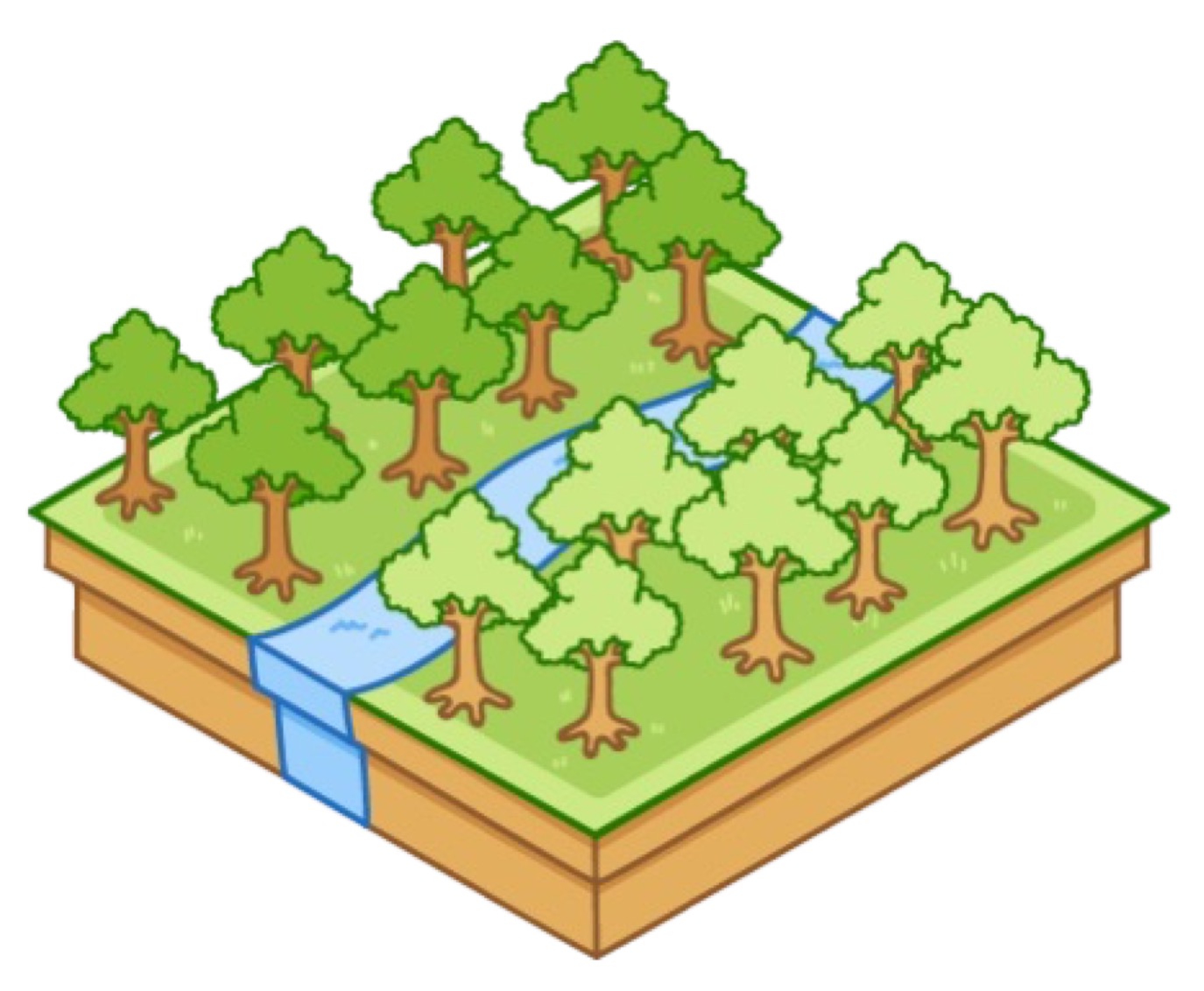

Types of Speciation
Speciation involves the formation of a new species from a pre-existing species (i.e. the splitting of species)
-
It occurs when populations of a species become reproductively isolated (no gene flow between gene pools)
-
Over time, genetic differences accumulate between the two populations (via mutations, genetic drift or natural selection)
-
Eventually, the two populations genetically diverge to the point where they can no longer interbreed (they are now separate species)
Allopatric Speciation
Allopatric speciation occurs when a geographical barrier physically isolates populations of an ancestral species
-
The two populations begin to evolve separately as a result of cumulative mutations, genetic drift and natural selection
-
Eventually the two populations reach a degree of genetic divergence whereby they can no longer interbreed (speciation)
-
An example of allopatric speciation is the evolution of bonobos and common chimpanzees as a result of the separation of populations by the Congo River

Allopatric (physical boundary)
Sympatric Speciation
Sympatric speciation is divergence of species within the same geographical location (i.e. without a physical barrier)
-
Sympatric speciation may occur gradually as a result of temporal or behavioural isolation (e.g. different breeding patterns or courtship rituals)
-
Sympatric speciation may occur rapidly as a result of errors during meiosis giving rise to polyploid offspring
-
An example of sympatric speciation is the diversification of knotweed plants as a result of polyploidy
Types of Speciation

Allopatric (physical boundary)





